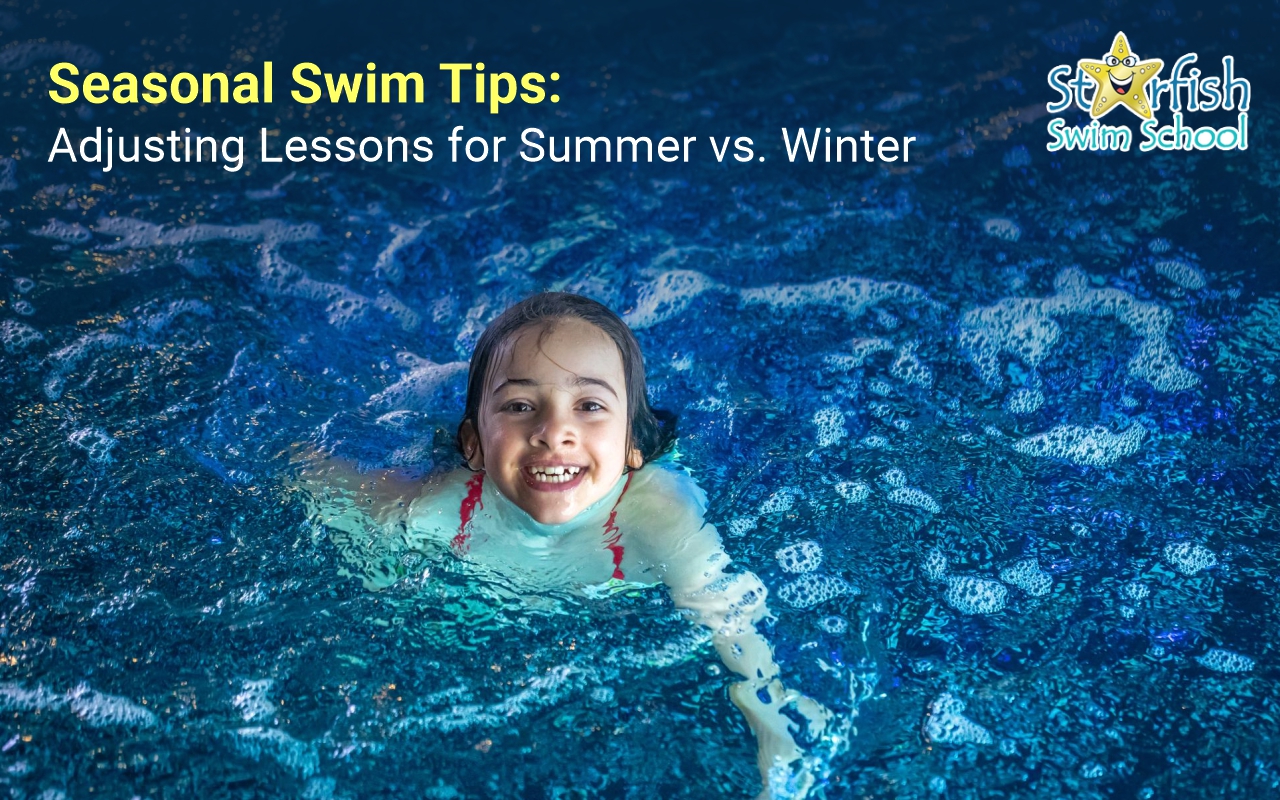
admin 01 Oct 2025
Swimming is an important year-round life skill and not just a summer activity. Whether you're splashing around in an outdoor pool in July or keeping your skills alive in a heated indoor pool in December, re-evaluating your approach to lessons is important for success. At Starfish Swim School, we know that the ideal swimming lessons are based on the environment. All swimmers of all ages need to feel safe and confident and always be making progress.
Here is our take on how to learn swim lessons through the seasons, along with tips for parents and swimmers.
In summer lessons, the focus is on the opportunity to make the most of warm weather and open-air pools, building confidence in the water and improvising, while also sustaining endurance. As swimmers have more opportunity for practice at the beach, lake, or community pool, we make sure to facilitate water confidence and endurance.
While the summer months are focused on enjoying your time in the pool, winter lessons are the basis of long-term skills acquisition. Winter lessons are held in heated indoor pools, as the cooler months provide an opportunity to concentrate on stroke technique refinement, skill confidence, and retention of the summer skill set. Regular swim practice is vital, and a lengthy break could lead to a regression of skills.
In the end, there is no wrong time of the year to learn how to swim. Our seasonal swim tips highlight some differences that we can implement during the summer when the main focus is on fun and endurance, versus winter when we can concentrate more on refining technique and skill in a distraction-free atmosphere. If you are looking into infant aquatics to get your little one in the water, or private swim lessons for a more personalized experience, then consistent practice is key to success.
At Starfish Swim School, we teach a lot including swimming safety tips so that our students not only learn to swim but can ultimately feel comfortable and secure in the water. Every season is a great time to jump into the water!
Are you ready to make a splash? Contact Starfish Swim School today to see what class is right for your family and what swimming journey you can undertake all year long!